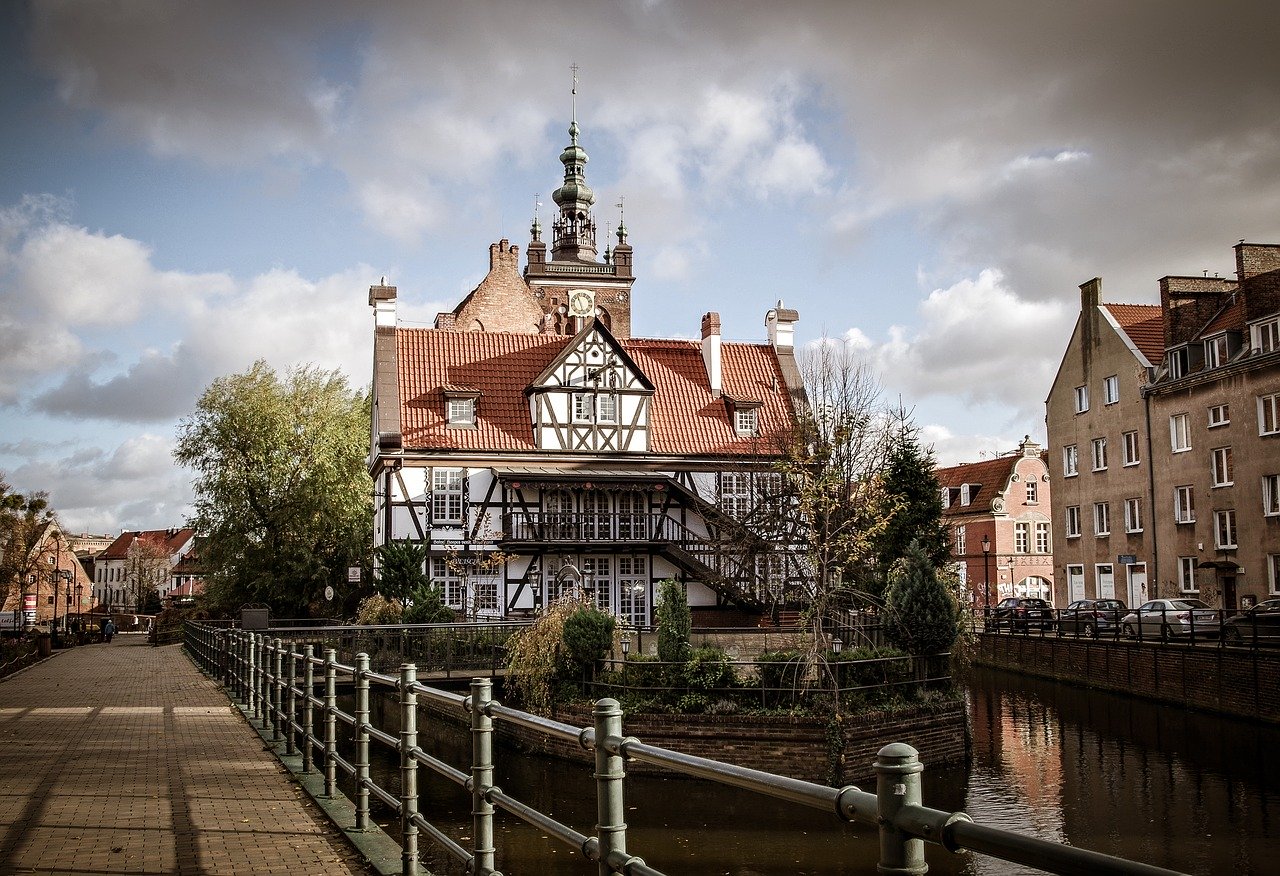
‘In Gdańsk restaurant owners demanded the city turn their street into a pedestrian zone’
There have been two major air quality benefits from the Covid restrictions in Poland which may be sustained: an increase in home working and video conferencing, and changes in city transport infrastructure.
Interested in this kind of news?
Receive them directly in your inbox. Delivered once a week.
It’s important first to understand the context in which Poland is operating. Poland has big air quality problems. Car traffic is a major cause in big cities, but nationwide the way many private homes are heated is the biggest source for air pollution – stoves that use coal and wood are still the main source of heating for many Polish people. This affects the overall picture because car traffic is not immediately associated with air pollution and smog events, unlike in other European countries.
Home working has been the big change since the Covid restrictions came into effect. According to the latest data from the National Statistics Office, 16.9% of all city dwellers worked from home in the first quarter of 2020 compared to 4.1% in the same period last year. This number will be even higher in the current quarter (April-June). The Polish employers’ organisation says the pandemic has shown that people working from home are at least as efficient as when working in offices. Another benefit for the employers is that they can massively cut the costs of offices and travel for their employees.
In terms of the emissions saved by home working, anyone who would otherwise have gone to work by car will have contributed to emissions reduction, but these may be partly or fully offset by an increase in emissions caused by more home heating being used, especially in the winter months.
The changes in city transport infrastructure have been in some cases far-reaching. Several Polish cities have introduced some progressive measures to help walking and cycling as a response to the pandemic, yet only three big cities – Kraków, Gdańsk and Poznań – have committed to promoting walking and cycling.
Within the last two months, Kraków has turned car space into cycle lanes. Cycling was already becoming more popular before the pandemic, and has increased visibly in the last three months. Poland’s biggest online cycle shop is reporting a 143% increase in sales of bicycles in the first quarter of 2020 compared with the same period last year.
In Gdańsk, a group of restaurant owners in a car-dominated street demanded that the city turn the street into a pedestrian zone, and the city agreed. This is probably the first case of its kind in Poland as business owners normally protect the interests of motorists. Other cities, including the capital Warsaw, are also introducing limited changes as a response to the pandemic, like widening space for pedestrians or investing in cycle infrastructure, but these actions are not accompanied by a coherent strategy.
The downside is that public transport is becoming less popular because of the need for physical distancing. This is going to be a huge problem in the future, because the costs of running public transport will rise while city revenues will most likely fall. If users transfer to cars, this will be bad, as Poland imports one million second-hand cars from Europe so its car fleet is among the most polluting. And traffic is currently down 20% because the schools are closed – when they reopen in September we can expect an increase in traffic levels.
That is why T&E and its Polish partner organisation FPPE are calling for a new taxation regime for cars, one based on a bonus/malus system which would prevent the most polluting second-hand cars being imported by charging them about 10 times the current tax rate. On the other hand, buying and using zero-emission cars, especially company cars, would become cheaper.
The oldest countrywide Polish cyclists NGO ‘Cities for Bicycles’ is calling for radically improved cycling infrastructure as a way of increasing cycling’s share. The most important task for the national government is to amend the law in order to facilitate investments in new cycling infrastructure and increase the funds for these investments.
